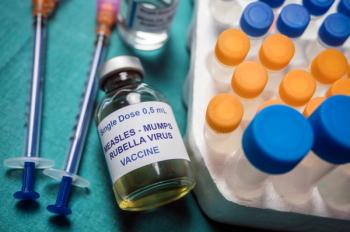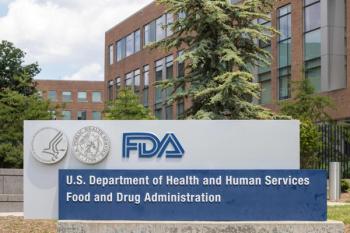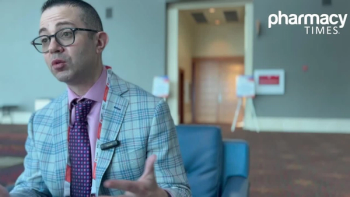
Monotherapy: Approval Hurdles for AEDs
There are great challenges to gaining approval for new antiepileptic drugs to be used as monotherapy, but a recent article offers ideas for ways forward.
There are great challenges to gaining approval for new antiepileptic drugs to be used as monotherapy, but a recent article offers ideas for ways forward.
Patient response to antiepileptic drugs (AED) varies considerably. Around half of all patients who are treated with monotherapy respond to reasonable doses and remain seizure-free. About a fourth of patients have intermittent control problems. The remaining fourth do not respond to single or combined AEDs; even after a year of various drug trials, they continue to have seizures.
For many reasons, monotherapy is preferred whenever possible. It decreases drug exposure, reduces the likelihood of drug interaction, and improves medication adherence. New drugs are generally tried as add-on therapy to ensure that patients remain seizure-free, progressing to “withdrawal to monotherapy” with the new drug. Researchers measure efficacy by monitoring the portion of patients meeting predefined escape criteria for seizure worsening compared with aggregated pseudo-placebo control data from 8 previously conducted conversion-to-monotherapy trials. Perhaps because of these onerous requirements, no drug has been tested or licensed as monotherapy in the United States for newly diagnosed idiopathic generalized epilepsy in at least 10 years.
The authors of an
Ms. Wick is a visiting professor at the University of Connecticut School of Pharmacy and a freelance writer from Virginia.
Previous Pharmacy Times coverage of AEDs:
- Effective Drug Therapy for Epilepsy
- Generic AEDs? Brand Name AEDs? Let's Talk
- Podcast: Two New Antiseizure Drugs: A Pharmacist Perspective
- Pregnancy, Breastfeeding, and Drugs: Don't Overestimate Risk!
- Epilepsy Drugs Pose Risk When Taken During Pregnancy
Newsletter
Stay informed on drug updates, treatment guidelines, and pharmacy practice trends—subscribe to Pharmacy Times for weekly clinical insights.


















































































































































































































